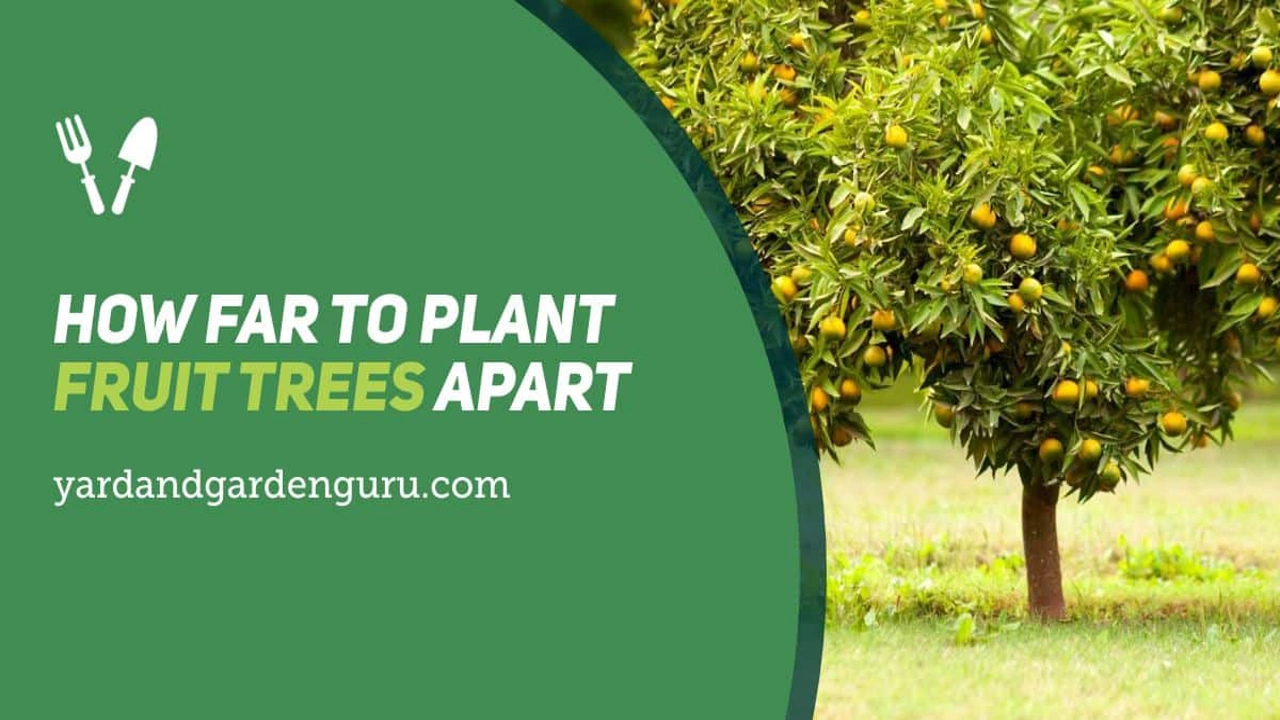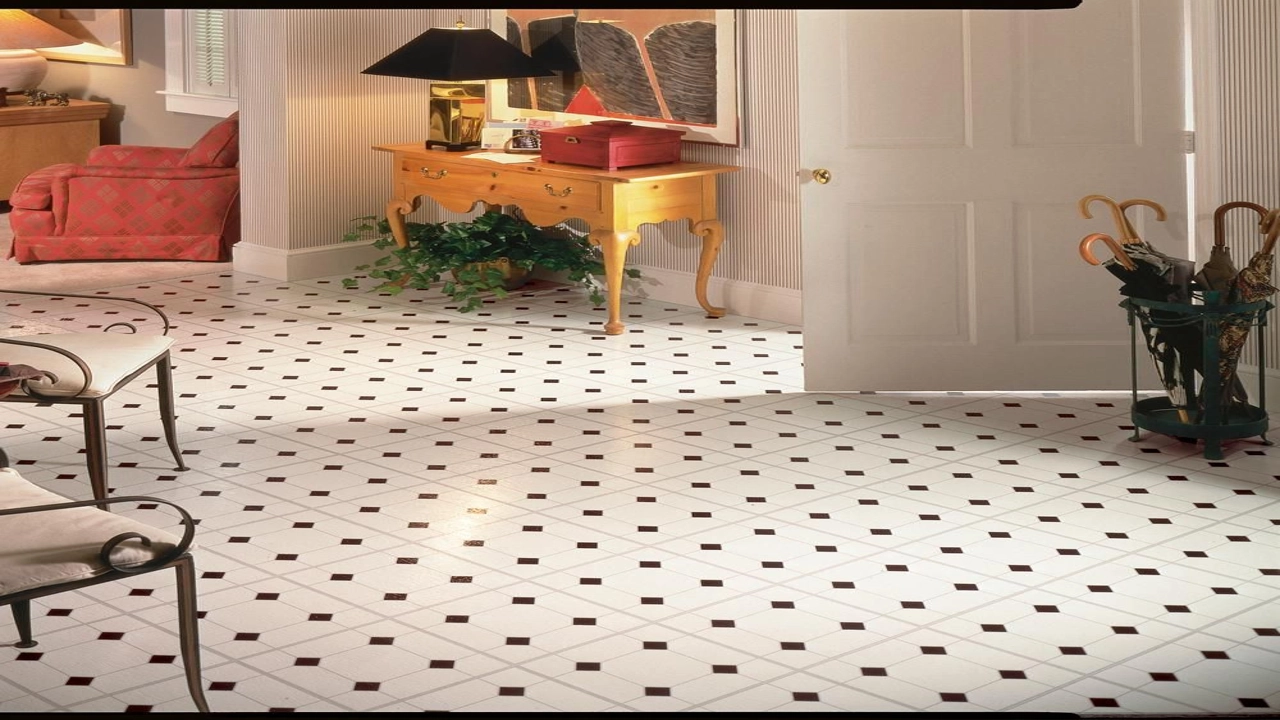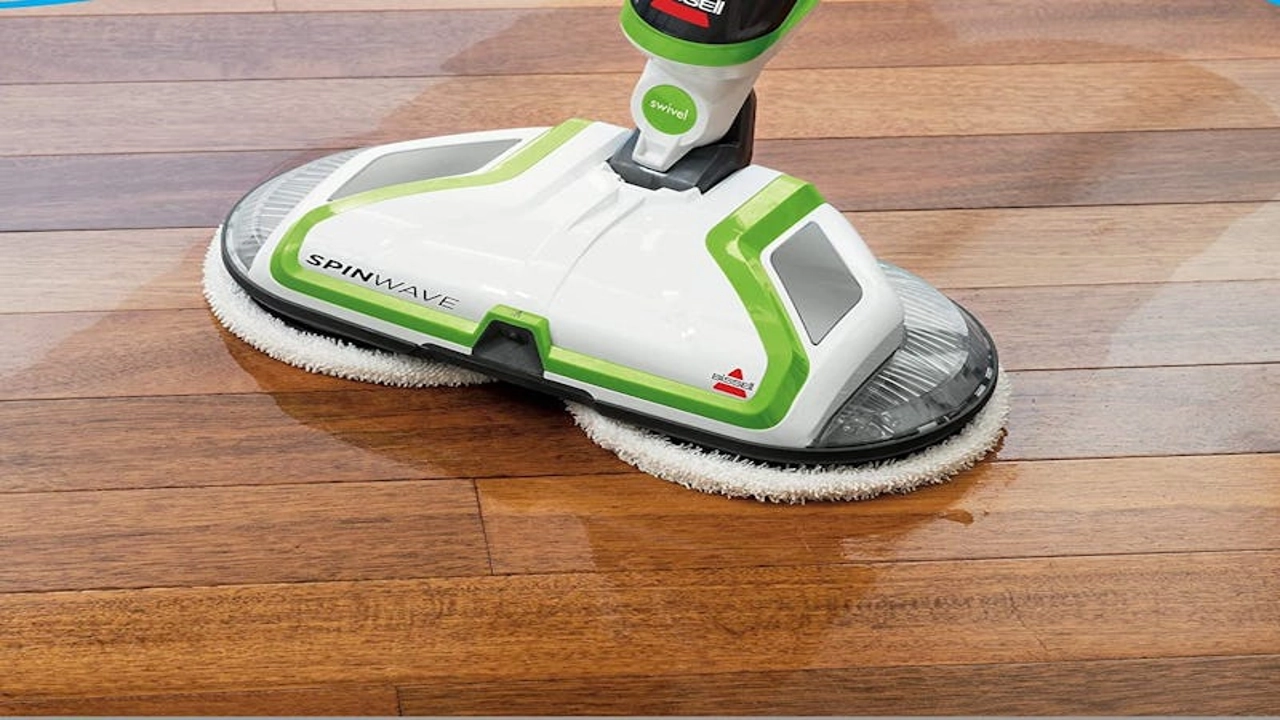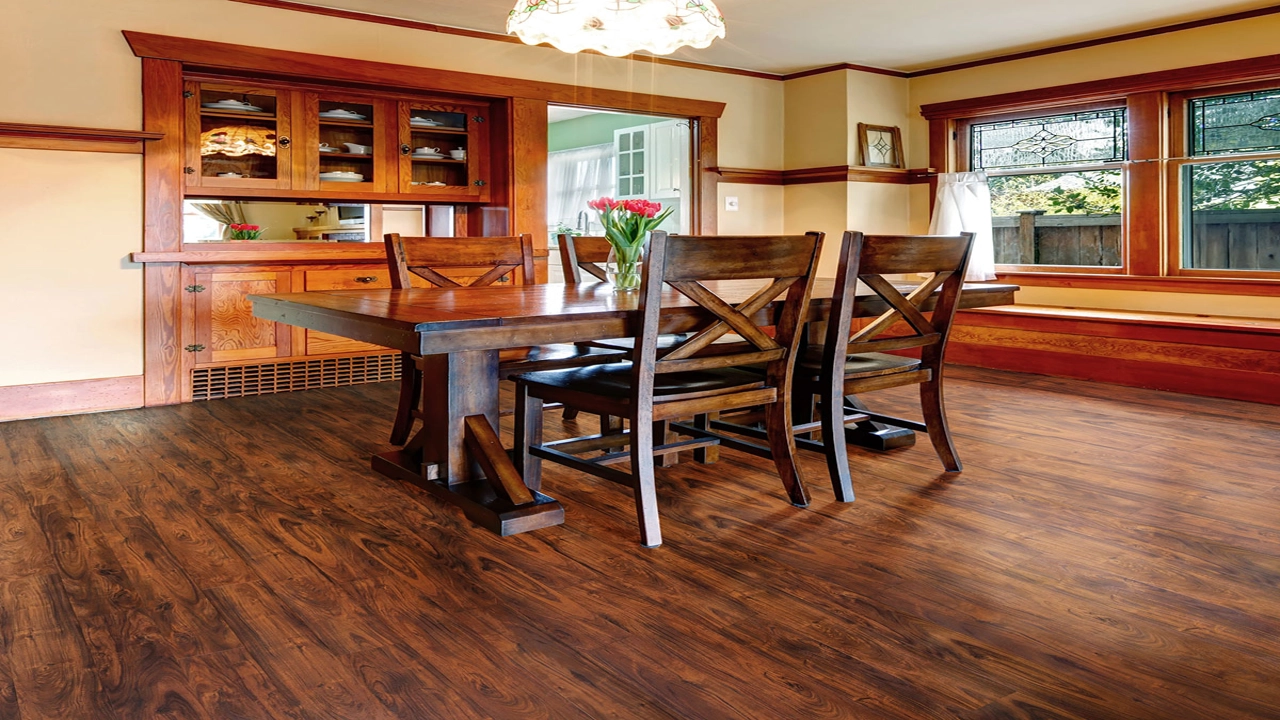How far apart to plant fruit trees is a common question for gardeners. The correct spacing ensures that your trees have ample room to grow and thrive. This will also allow for adequate sunlight and air circulation, reducing the risk of diseases and pests. The spacing depends on the type of fruit tree. Smaller trees, like dwarf apple trees, require less space than larger trees, like standard apple trees.
fruit tree spacing the secret to bumper crops

Planting fruit trees can be a rewarding experience, offering the delight of homegrown fruit and a sense of connection to nature. But, before you start digging, a crucial question arises: how far apart to plant fruit trees? Getting this right is essential for the health and productivity of your orchard.
Understanding Spacing Needs
Fruit trees need space to thrive. Overcrowding can lead to competition for resources like sunlight, water, and nutrients. This can result in stunted growth, reduced fruit production, and increased susceptibility to diseases and pests.
Factors Affecting Spacing
Several factors influence the optimal spacing for your fruit trees. These include:
- Tree Variety: Different fruit tree varieties have different growth habits. Some, like apple trees, tend to grow tall and wide, while others, like dwarf citrus trees, remain more compact.
- Rootstock: Rootstock plays a significant role in determining the size and shape of a tree. Certain rootstocks are specifically designed to produce smaller, more manageable trees.
- Planting Density: Are you aiming for a high-density orchard with maximum fruit production per acre, or a more traditional, spaced-out layout?
- Growing Conditions: Factors like soil type, climate, and available sunlight will influence the growth rate and eventual size of your trees.
Common Spacing Recommendations
Here are some general spacing guidelines for popular fruit trees:
Apple Trees: * Standard Trees: 20-30 feet apart * Semi-Dwarf Trees: 15-20 feet apart * Dwarf Trees: 8-12 feet apart
Pear Trees: * Standard Trees: 20-30 feet apart * Semi-Dwarf Trees: 15-20 feet apart * Dwarf Trees: 8-12 feet apart
Peach Trees: * Standard Trees: 15-20 feet apart * Semi-Dwarf Trees: 10-15 feet apart * Dwarf Trees: 6-8 feet apart
Cherry Trees: * Standard Trees: 20-25 feet apart * Semi-Dwarf Trees: 15-20 feet apart * Dwarf Trees: 8-12 feet apart
Plum Trees: * Standard Trees: 15-20 feet apart * Semi-Dwarf Trees: 10-15 feet apart * Dwarf Trees: 6-8 feet apart
Citrus Trees: * Standard Trees: 15-20 feet apart * Dwarf Trees: 6-10 feet apart
Note: These are just general recommendations. You can always consult local nurseries or extension services for more specific spacing guidelines based on your particular growing conditions and tree varieties.
What Happens if You Plant Too Close Together?
Planting fruit trees too close together can result in several negative consequences:
- Competition for Resources: Crowded trees compete for sunlight, water, and nutrients, leading to stunted growth and poor fruit production.
- Disease and Pest Issues: Overcrowding can create favorable conditions for diseases and pests to spread easily.
- Difficulty in Pruning and Harvesting: Close-planted trees make it difficult to prune and harvest effectively, requiring more effort and potentially leading to damage.
- Reduced Air Circulation: Insufficient space between trees can hinder airflow, making the orchard susceptible to fungal diseases.
How Far Apart to Plant Fruit Trees in Rows?
When planting fruit trees in rows, it’s crucial to consider both the spacing between trees within a row and the distance between rows.
- Spacing Within Rows: Use the recommended spacing guidelines for your tree variety.
- Spacing Between Rows: For most standard fruit trees, spacing rows 20-30 feet apart is ideal. This provides adequate space for equipment movement and allows for sunlight to reach all trees. For dwarf or semi-dwarf trees, you can reduce the spacing between rows to 15-20 feet.
How Far Apart to Plant Fruit Trees in a Square Pattern?
A square pattern is commonly used for planting fruit trees, particularly in large orchards. When planting in a square pattern, the same spacing guidelines apply for both rows and within rows. For example, if you are planting standard apple trees, a 20-foot spacing is recommended for both directions, creating a grid-like pattern.
How Far Apart to Plant Fruit Trees for Privacy?
If you’re planting fruit trees for privacy, the spacing will depend on the desired effect.
- Quick Screening: For a faster screen, you can plant faster-growing trees like willows or fast-growing fruit trees like peaches or plums closer together, about 10-15 feet apart.
- Tall and Dense Privacy: If you want a tall and dense privacy screen, you can plant taller trees like standard apple trees or pear trees 20-30 feet apart.
How Far Apart to Plant Fruit Trees for Pollination?
Pollination is essential for most fruit trees to produce fruit. If you’re planting fruit trees for pollination, it’s important to plant compatible varieties of trees that will cross-pollinate.
- Planting Two Varieties: Plant two compatible varieties of fruit trees in close proximity to each other, ideally within 50-100 feet. This ensures that the pollen from one variety can reach the other and vice versa.
- Planting Pollinators: You can also plant pollinators, such as bee-attracting flowers, near your fruit trees to encourage pollination.
Choosing the Right Spacing for Your Needs
Remember that these spacing guidelines are just starting points. It’s always a good idea to consult with local nurseries or extension services for more tailored advice. Consider your specific growing conditions, tree varieties, and desired outcomes to determine the optimal spacing for your fruit trees.
Key Takeaways
- Fruit trees need space: Overcrowding can hinder growth, reduce fruit production, and increase susceptibility to diseases and pests.
- Spacing depends on tree variety, rootstock, and growing conditions: Consider these factors to determine the appropriate spacing.
- Common spacing recommendations: Refer to the table for general guidelines for popular fruit trees.
- Spacing affects pollination: Plant compatible varieties close enough for cross-pollination.
Planting fruit trees requires careful planning and consideration. By understanding the importance of proper spacing, you can set your trees up for success and enjoy bountiful harvests for years to come.
fruit tree spacing are you planting them too close
Growing your own fruit trees is a rewarding experience, offering fresh, delicious fruit and a touch of nature in your backyard. But getting those trees to produce bountiful harvests requires more than just planting them and hoping for the best. One of the most important factors for maximizing fruit production is proper spacing.
Fruit Tree Spacing: The Secret to Bumper Crops
You might think that cramming as many fruit trees as possible into a small space would lead to more fruit. However, this is a common misconception. In reality, crowding trees can have negative impacts on their growth, fruit quality, and overall health.
Why Proper Spacing Matters
- Sunlight: Trees need adequate sunlight to photosynthesize and produce energy for growth and fruit development. When trees are too close together, they compete for light, leading to stunted growth and reduced fruit production.
- Air Circulation: Good air circulation helps prevent diseases and pests by allowing leaves to dry quickly after rain. Crowded trees create stagnant air, promoting fungal growth and attracting insects.
- Root System Development: Trees need sufficient space for their root systems to spread and access water and nutrients. Overcrowding restricts root growth, leading to weakened trees.
- Fruit Quality: Proper spacing allows for optimal fruit development, resulting in larger, juicier, and sweeter fruit.
- Harvesting Ease: You’ll be able to reach all your fruit easily without having to navigate a tangled thicket of branches.
Recommended Spacing for Different Fruit Trees
The ideal spacing for fruit trees varies depending on the type of tree and its mature size. Here are some general guidelines:
- Dwarf Fruit Trees: 8 to 10 feet apart
- Semi-dwarf Fruit Trees: 12 to 15 feet apart
- Standard Fruit Trees: 20 to 30 feet apart
Planning Your Orchard
- Consider your space: Measure your available planting area and decide how many trees you can comfortably accommodate.
- Choose the right varieties: Select fruit tree varieties that are well-suited to your climate and soil conditions.
- Plan for future growth: Remember that trees will continue to grow over time. Leave enough space for them to reach their full mature size.
Fruit Tree Spacing: The Secret to Bumper Crops
Proper spacing is crucial for healthy, productive fruit trees. By giving your trees enough room to grow, you’ll be rewarded with abundant harvests of delicious fruit year after year.
Related Search Queries:
- How to space fruit trees for maximum yield
- Best fruit tree spacing for small gardens
- Proper spacing for apple trees
- Fruit tree spacing calculator
- How close to plant fruit trees together
- Fruit tree planting guide
- How to prune fruit trees for maximum fruit production
- Fruit tree spacing chart
- Fruit tree planting distance
- What is the ideal spacing for peach trees?
- Fruit Tree Spacing: The Secret to Bumper Crops
- Fruit Tree Spacing: The Secret to Bumper Crops
- Fruit Tree Spacing: The Secret to Bumper Crops
- Fruit Tree Spacing: The Secret to Bumper Crops
- Fruit Tree Spacing: The Secret to Bumper Crops
How Far Apart to Plant Fruit Trees: Q&A
Q: Why does the spacing between fruit trees matter?
A: Spacing your fruit trees correctly allows them to grow strong and healthy, maximizing fruit production and preventing overcrowding.
Q: What factors affect how far apart I should plant my fruit trees?
A: The size of the mature tree, the type of fruit, and the growing conditions in your area all play a role in determining the appropriate spacing.
Q: How can I tell how big a mature fruit tree will get?
A: Look up the variety of tree you want to plant online or consult a gardening expert to find out the mature size.
Q: How far apart should I plant dwarf fruit trees?
A: Dwarf fruit trees typically need less space, ranging from 8 to 12 feet apart, but the exact distance will vary depending on the variety.
Q: What about standard-sized fruit trees?
A: Standard-sized fruit trees need more space, often 15 to 25 feet apart, depending on the variety and growth habit.
Q: Should I plant trees in rows or a grid pattern?
A: Both patterns can work, but rows might be easier to maintain. Choose the pattern that best suits your space and your preference.
Q: Will planting my trees closer together mean they produce more fruit?
A: No, overcrowding can actually lead to reduced fruit production, smaller fruits, and disease issues.
Q: Should I plant my fruit trees closer than the recommended spacing?
A: It’s generally not recommended. If you have limited space, choose dwarf varieties or smaller trees that are suitable for your area.
Conclusion
Remember, these are just general guidelines. The best spacing for your fruit trees will depend on your specific climate, soil type, and the varieties you choose. Consider the mature size of your trees and the amount of space you have available. Plan for the future and give your trees room to grow. A little extra space now can mean years of healthy and abundant fruit production.
Let’s continue the conversation! Share your experience with planting fruit trees in the comments below. Have you found that certain varieties require more or less space? Do you have any tips for spacing trees in tight spaces? Let’s learn from each other and help create thriving orchards together. Don’t forget to share this post with your fellow gardeners on social media!





